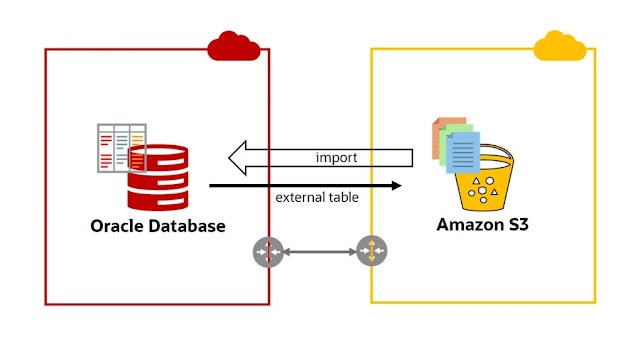What Do You Get From SAP Data Services
SAP Data Services is a software application used primarily for data integration and transformation. SAP data enables users to execute and develop workflows that extract data from various sources like data stores, web services, applications, and databases and then combine, transform, and process that data. The end result of this activity is then plowed back into the same or other target data sources.
There are several other functionalities of SAP data in addition to the standard data transformation like joins, aggregations, calculations, lookups, and filters. These include data profiling, text analysis, auditing, and conducting data quality operations like matching, geocoding, and address standardization.
SAP data also supports CDC (Change Data Capture), a critical capability that provides input data to both stream-processing systems as well as data warehouses. Other supporting functionalities provided by SAP data are batch processing (the traditional approach to data transformation) and real-time services (allowing applications to query Data Services thereby getting an instant response depending on a pre-defined workflow).
In the SAP data ecosystem, SAP Data Services integrates seamlessly with a large number of other products – SAP Information Steward, SAP Business Warehouse, SAP Data Quality Management, and SAP Master Data Management. All these have specific purposes and methodologies.
Benefits of SAP Data Services
Some of the cutting-edge benefits of using SAP data are as follows.
Accessing data to gain a broad viewpoint: SAP data helps to unlock the true value of data and gain an incisive contextual insight by creating a comprehensive view of all information and providing access to data of any size from any source.
Achieving excellence in information management: SAP data helps to improve operational efficiencies and decision-making. This is done by matching and standardizing data to minimize duplicates, identify relationships, and proactively rectify issues with data quality.
Linking data to discover insights: With SAP data, it is possible to bring together critical data regardless of whether it is on-premise, in the cloud, or within Big Data. This is done by using intuitive tools that assist in integrating various forms of data – analytical, operational, machine-generated, or geographic data.
These are some of the benefits of SAP data.
Capabilities of SAP Data Services
SAP data provides several cutting-edge capabilities
Using built-in native connectors for data access and integration of all enterprise data sources and targets that might be either from SAP or third parties
Unlocking analytics from unstructured text data through native-text data processing to improve the quality of business insights.
Intuitive business user interfaces offered by SAP data help to standardize, correct and match data easily thereby reducing duplicates and identifying relationships.
Data quality dashboards that bring out any data quality issues across all downstream applications and systems.
The high scalability and performance of SAP data meet the high-volume needs of businesses. This includes grid computing, data loading, and parallel processing.
SAP today is considered a leader in data management.




Comments
Post a Comment